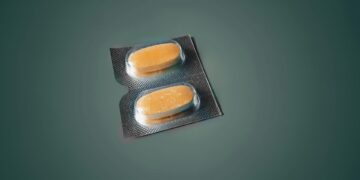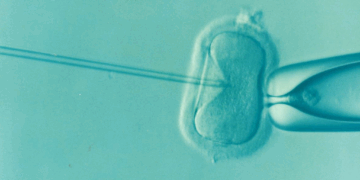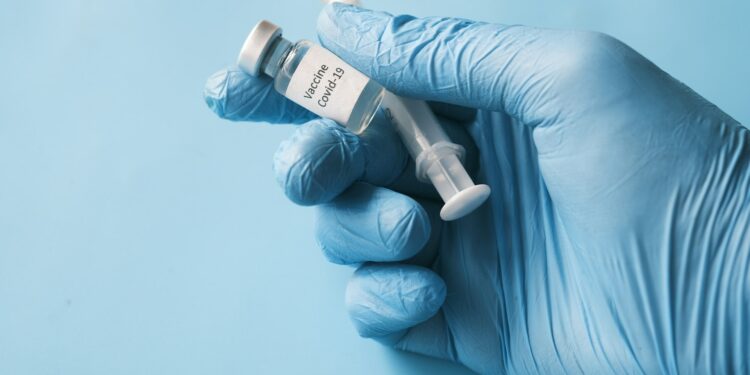Is it really that easy?
A recent study suggests that alternating arms for each dose of vaccines may lead to enhanced immunity compared to administering both doses in the same arm. This discovery, based on an analysis of the initial two doses of COVID vaccines, indicates a slight improvement in immunity among individuals who switched arms.
While the boost in immunity may be modest, it holds significant potential for individuals with suboptimal vaccine responses, according to the researchers. Although the immediate applicability of these findings to COVID vaccines might be limited, given the widespread administration of multiple shots during the pandemic, they could have implications for all multi-dose vaccines, including childhood immunizations.
Dr. Marcel Curlin, the lead researcher and an infectious disease physician at Oregon Health & Science University, stressed the importance of further understanding before making definitive recommendations. Nonetheless, he suggested considering alternating arms for vaccine doses, given the observed benefits.
Dr. Jennifer Gommerman, chair of the immunology department at the University of Toronto, proposed that extending the interval between doses, as practiced in Canada for COVID shots, might offer even greater benefits than switching arms. She emphasized the need to explore various strategies, particularly for immunocompromised individuals, for whom any improvement in immune responses is invaluable.
In the study, researchers evaluated antibody levels in 54 pairs of university employees matched for age, gender, and the time after vaccination. Participants were randomly assigned to receive the second dose in the same arm or the opposite arm as the first dose. Results indicated that switching arms led to a notable increase in blood antibody levels, up to fourfold, with a stronger immune response observed against both the original coronavirus and the Omicron variant.
Dr. Curlin highlighted the consistent and statistically significant effect of alternating arms, noting its substantial and enduring nature. These findings underscore the potential benefits of incorporating such strategies into vaccine administration protocols.

































Discussion about this post